The obscure beginning of vans in Iran, the flourishing of the van market since the thirties, the beginning of the production of vans in Iran, small three-wheeled vans, the emergence of Xianvant, the hard-working American, the second Japanese van, the last American soldier, the modernized Japanese, escaping the decline of the seventies, Chinese vans, diesels have not come!
From paykan to Arisun Pride, it never dies, checking the types of pickup trucks in the gasoline quota market for pickup trucks van trucks are an integral part of daily commutes and even large and small economic activities in all parts of the world. In this article, we examine the history of pickup trucks in Iran. Stay with the actgroup.
In Iran, these cars have been used in various industries and businesses for a long time, the economic wheel of our country is not possible without their presence. This product was one of the best selling cars in Iran at the time.
It is impossible to say when the pickup trucks came to Iran for the first time. However, traces of these cars can be traced back to the early 1300s.
The obscure beginning of pickup trucks in Iran
It is unclear exactly when pickup trucks became separated from larger commercial vehicles such as vans and trucks.
What is clear is that these cars came into the field as a combination of the carrying capabilities of commercial vehicles and the smaller dimensions and easier transportation of private cars, and gradually from the first decade of the 20th century, cars such as the Ford Model T van were introduced.
The same cars were common in Iran, and some cars that were something between a truck and a pickup trucks were in demand due to their higher load capacity.
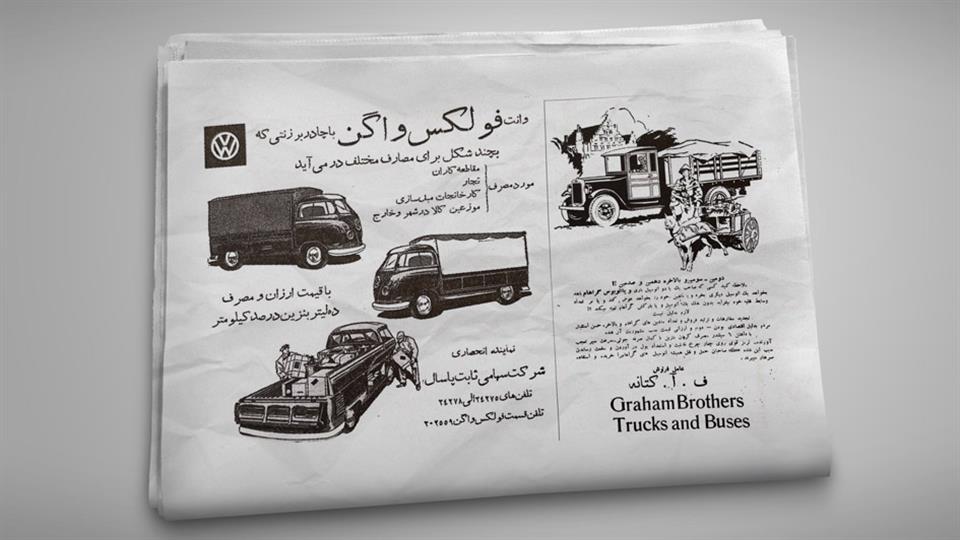
The flourishing of the pickup trucks market since the thirties
Import of cars in Iran increased significantly since the 1930s. During this period, the variety of American pickup trucks was much higher than other products.
However, perhaps the most popular pick-up truck in the Iranian market can be called the Volkswagen T1.
This spacious and durable van had very low fuel consumption and gained popularity due to its economy, despite its not so good acceleration.
The beginning of the production of vans in Iran
From the end of the thirties, automobile factories gradually started to emerge, the first of which was founded by Jafar Akhwan based on the Iran Jeep Joint Stock Company. This big company initially imported various Jeep products.
In the next stage, with the opening of the factory on the special road of Karaj, various products were offered, among which there were Jeep pickups, which were used in various industries. The Simorgh pickup was also a continuation of these cargo jeeps.
Small tricycle pickup trucks
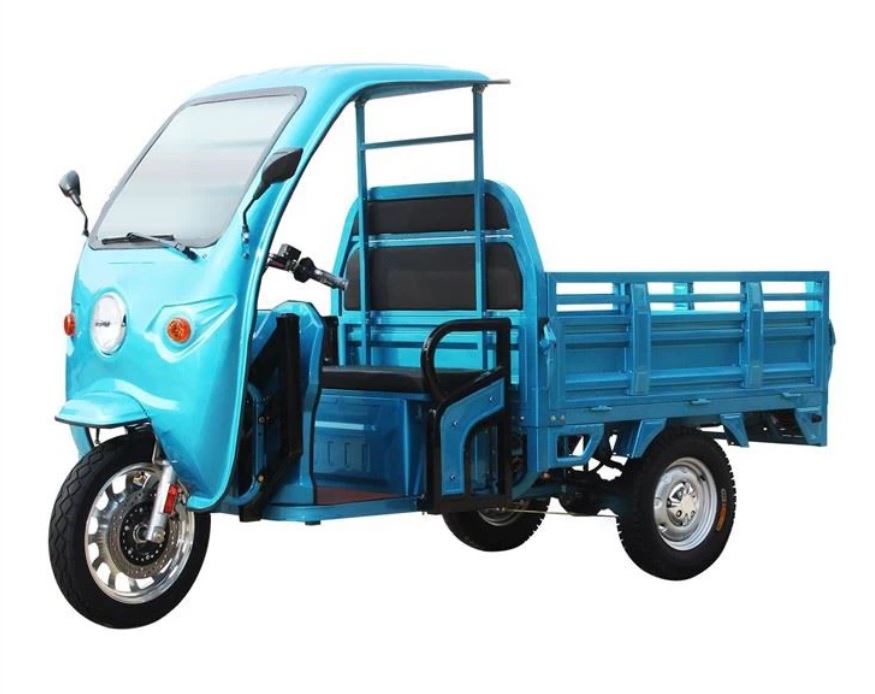
Since the 1930s, Italian cargo tricycles of the Piaggio brand (producer of Vespa) have been introduced to Iran under the name Ape.
These small and energy-efficient tricycles were ideal for transportation in crowded cities such as Tehran, especially in busy streets such as the bazaar.
In the 1940s, the popularity of these three-wheelers increased with the introduction of the much cheaper Mazda K360.
These Mazda’s, which came to Iran in the late 1930s, became more successful in the following decade and were found in abundance throughout Iran, which led to the rapid industrialization of Iran in this decade. Today, only a handful of these lovely tricycles remain.
The appearance of Xian
The first products of the Iranian joint-stock company for the production of Citroen cars, or Saipa, were examples of the 2 CV model utility pickup.
These cars, which are the spiritual father of the Xian types in Iran, although they had the shape and image of a van, but in terms of use, they were closer to the roofed pickup trucks these days.
At that time, these Citroens were the cheapest cars with zero kilometers in the market of our country.
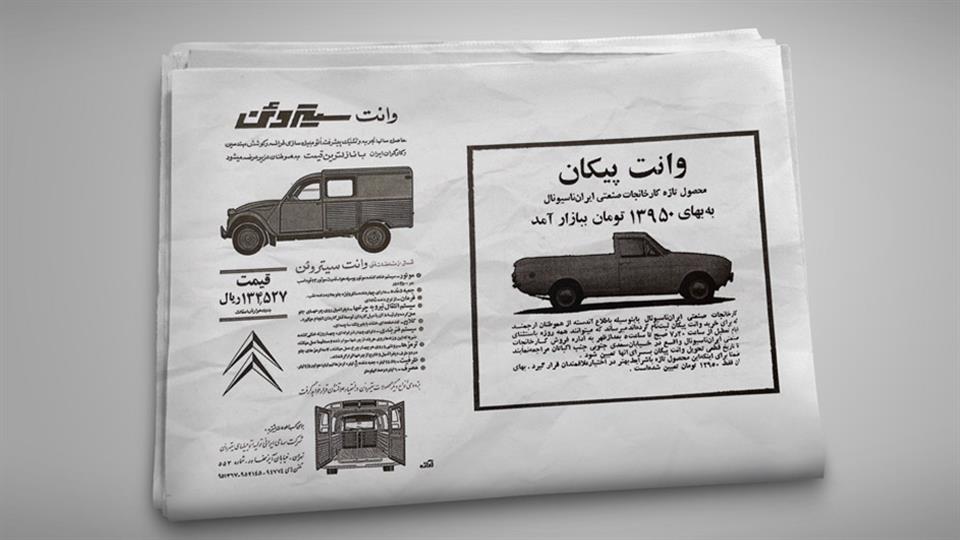
National pickup truck
paykan was born in May 1346, but its pickup sample was released almost two years later and at a lower price (below 14 thousand Tomans).
Iran National had designed paykan van to satisfy the thirsty market of our country, but it always wanted to export it to the whole world and even planned to export it to North America and even Eastern Europe for many years.
Zamyad is a hard worker
In the mid-forties, the newly founded company Zamyad started importing the Nissan Junior. This hard-working pickup truck gradually established itself as one of the most popular pickups in the Iranian market. This caused the next generation of this car to come to Iran in 1349.
At that time, few people thought that this lovely and small pickup truck would become the main carrier of Iran in the coming years and remain in the production line for more than fifty years!

The second Japanese van
Iran Van Company started assembling Mazda 1000 vans in 1350. These vans were smaller and cheaper than the Nissan Junior, and thanks to their lower consumption, they somehow became a good replacement for the three-wheeled vans of the previous decades and made the appearance of our country’s cities more modern. Their production continued until the early sixties.
The last American soldier
In the 1950s, Jeep JSC changed its name to GM Iran and started importing and assembling some European and American products of General Motors Automotive Group.
Among these products, the popular C/K series vans were also seen. Vans famous for the Square Body series, whose previous generation was also known in Iran and gained great popularity in Iran, were used by various organizations.
The Islamic revolution caused the assembly of these vans to continue in Iran for a short time.

Japanese modernization
It was in the early sixties that the new series of Mazda vans, the B series , arrived in Iran, and the assembly of these cars made the shape and image of the Iranian van market a bit more modern.
In addition to these Mazda’s, Nissan Patrol and Toyota Land Cruiser vans mainly supplied the war fronts of our country along with the Land Rover that had been assembled in Iran for many years.
In the meantime, Mazda vans remained in Iran for a much longer time, and in the 1970s, along with Paykan and Zamyad vans, they were somehow the only carriers in Iran.
Escape from the decadence of the seventies
In the seventies, except for the import of a limited number of American vans such as the Chevrolet S10, the Iranian van market was very silent. This silence was broken at the beginning of the eighties with the start of Nissan pickup assembly at Pars Khodro.
The pickup, which had achieved success in many markets such as North America and Asia, became popular in Iran as well, and even after the end of its production, it has maintained its position with the help of government bodies and off-road Iranian friends.
The Rich pickup, as a Chinese model of this pickup trucks, filled the place of this model after the Nissan pickup.
Chinese vans came
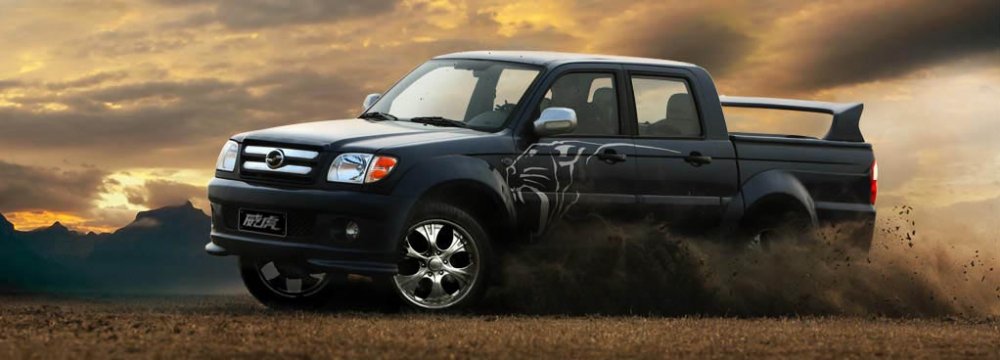
The first Chinese pickup in the Iranian market that was able to attract attention and gain fans was the Capra or Zhongxing Grand Tiger, which was imported to Iran by Bahman Group.
This pickup truck with Mitsubishi engines and a platform taken from a Nissan pickup and an appearance similar to a Toyota Tacoma appeared successfully in Iran.
Although there have been criticisms regarding the performance and durability of the Capra, this car was able to create a suitable platform for other Chinese pickups in the Iranian market.
No diesel!
All over the world, diesel vans are very popular. However, several problems in Iran have caused gasoline vans to be more popular.
The lack of proper infrastructure should be considered the main problem in this field. It was in the midst of this that iran khodro brought the Isuzu D-Max van to Iran.
A modern car, with an attractive appearance and good performance, which could not go anywhere because of its diesel engine.
From Paykan to Arisun

Paykan had left the production line in 2004, but its van sample was produced under different names until ten years later, until much criticism and pressure caused an updated sample of it with an appearance derived from the Peugeot 405 family and The modified engine will be ready for the market.
Arisun has had problems since the beginning of the market. However, this car has been able to somewhat fill the empty space of the lovely Paykan Van.
Pride never dies
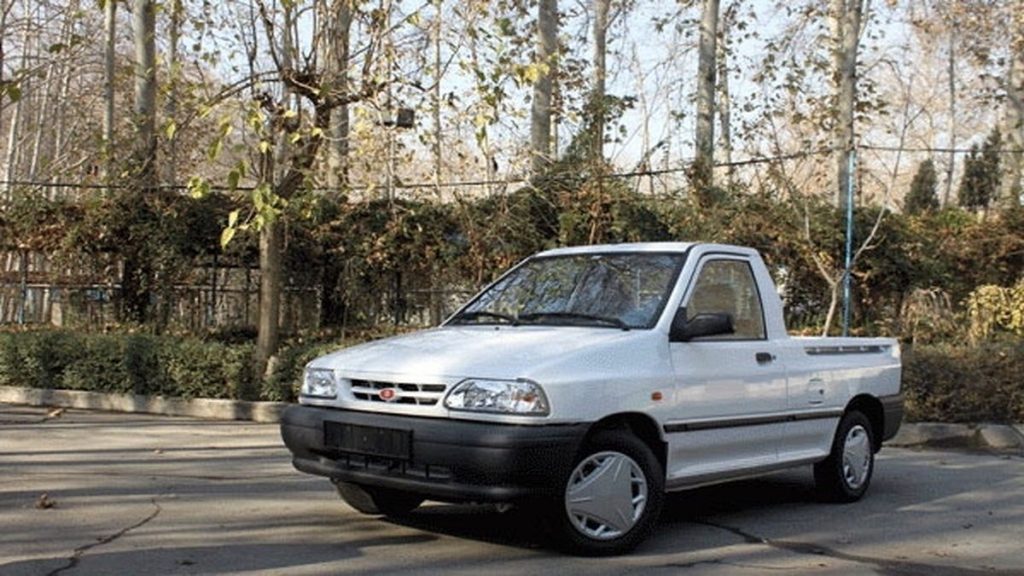
While more than twenty years have passed since Pride was first introduced to the Iranian market, finally the rumors and spy pictures published came true and the Pride van model named Saipa 151 from Saipa Automobile Group went to the market.
Despite all the satirical content that has been made about this car, Van Pride has managed to be quite successful as a small urban pickup trucks.
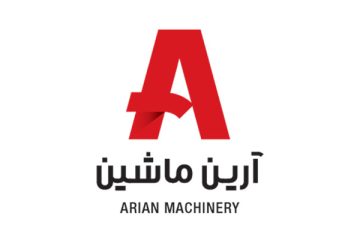

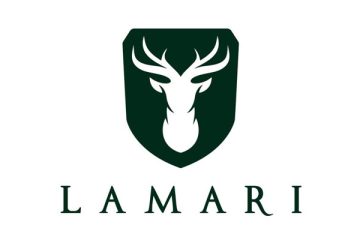
0 Comments